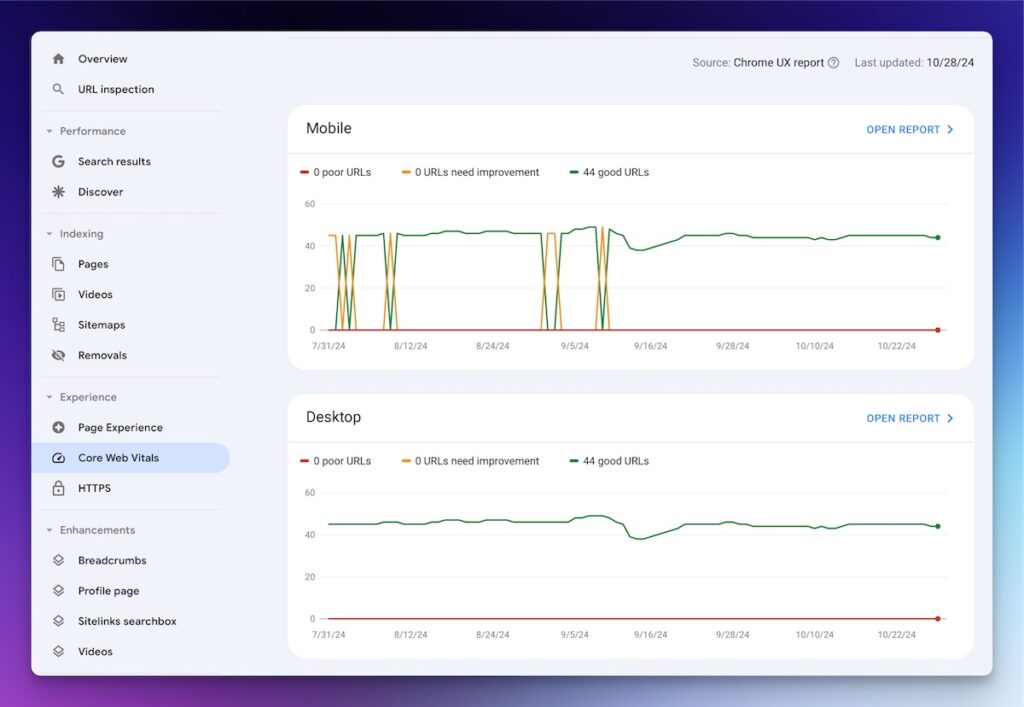Performing a Core Web Vitals Audit doesn’t have to be a daunting task. With 30 minutes and the tips from this article you’ll come to understand whether your website is suffering from poor Core Web Vitals, and what to do to get things back on track.
Why Core Web Vitals Matter
Core Web Vitals were introduced by Google in 2020 as a way to measure and improve website user experience. Then in 2021 Core Web Vitals officially became a search engine ranking factor. Core Web Vitals are most commonly connected to website speed, but that’s only part of the equation. Web Vitals do measure speed, but they also measure how quickly your website responds when people try and interact with it, as well as how much elements move around as the page loads. For an in-depth guide on exactly what Core Web Vitals measures, check out WordPress Speed (and how it impacts Core Web Vitals).
Ultimately, Core Web Vitals measure how easy or difficult it is to use a website. The aim is to make the web easier to use. And that’s a mission we can all get on board with, right?
But how do you know if your website is meeting the Core Web Vitals standards? Or more importantly, are your competitors outranking you because your website is falling behind on Core Web Vitals. In this guide we’ll show you how to find your current status with Core Web Vitals, how to identify specific performance bottlenecks, common problem areas to check, and quick wins to improve your CWV scores. Let’s get started!
How to Check Your Current Status in Google Search Console
Required tools checklist:
- Google Search Console account
- Google PageSpeed Insights
- 15-30 minutes of time
First things first. You’re going to need a Google Search Console account. If you don’t have one already, you can sign up for free and connecting your website only takes a few minutes. Follow this guide for getting your website connected to Google Search Console.
Now that your account is setup, access your Core Web vitals report by logging into Google Search Console. Then navigate to Experience –> Core Web Vitals.

You’ll see two separate views — Mobile and Desktop. It’s important to understand that Google has two completely different measurements and reports for desktop and mobile. They should be measured and optimized separately, although many improvements will positively impact both desktop and mobile.
Understanding the Google Search Console Report
There are only three possible scores for Core Web Vitals:




Leave a Reply